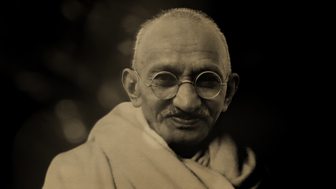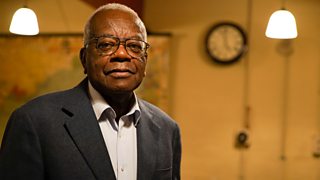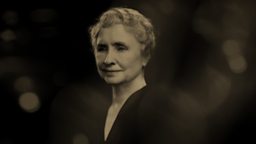Mohandas Gandhi
| Fact title | Fact data |
|---|---|
| Lived: |
1869-1948
|
| Born: |
Porbandar, India
|
| Known for: |
Leader of the Indian independence movement
|
Mohandas Gandhi’s non-violent resistance helped topple an empire and inspired future generations of protest.
In a gentle way, you can shake the world.
1. He never took the easy option
After experiencing racism whilst working in South Africa as a lawyer, rather than go home, Gandhi stood up for his rights. He formulated the principles behind the non-violent resistance that became the basis of all his protests and put them into action. After forcing authorities to abandon unfair taxes, Gandhi returned home in 1915 poised to spearhead ‘Swaraj’ – complete Indian independence.
2. His peaceful protest proved more persuasive than violence
Gandhi inspired India-wide boycotts of anything British and tried to encourage the country’s various communities – Hindus, Muslims Christians, Jains, Sikhs etc – to work together. It was a huge undertaking and the journey to independence was far from smooth. Gandhi’s early calls for non-violence when taking on the might of the British Empire proved difficult in practice, leading to deaths, reprisals and arrests.
Yet his steady, peaceful approach slowly swayed international public opinion, forcing British authorities to negotiate.
3. He helped topple an empire without raising a weapon
As World War Two weakened Britain’s hold on the Empire, Gandhi’s aims were realised… in 1947 independence came to his beloved country. But his hopes that Hindu and Muslim communities could live together in one state were dashed when the country was split into two: India and Pakistan. The resulting violence cost Gandhi his life a year later when he was assassinated by a Hindu extremist. Yet his model for peaceful resistance and inclusive values not only freed his country – it has guided activists across the globe ever since.
-
![]() ACTIVIST WINNER
ACTIVIST WINNER






 ACTIVIST WINNER
ACTIVIST WINNER



